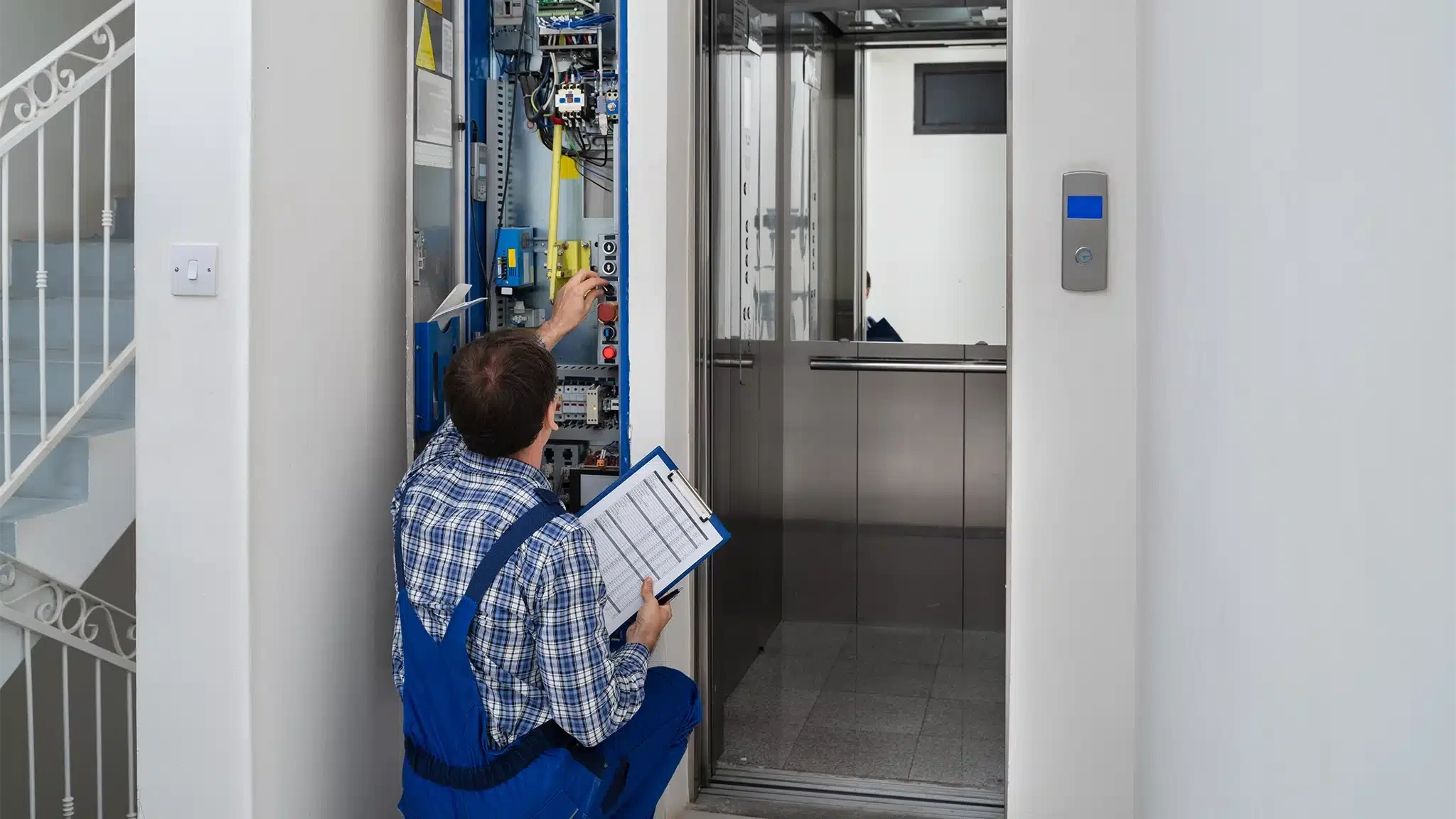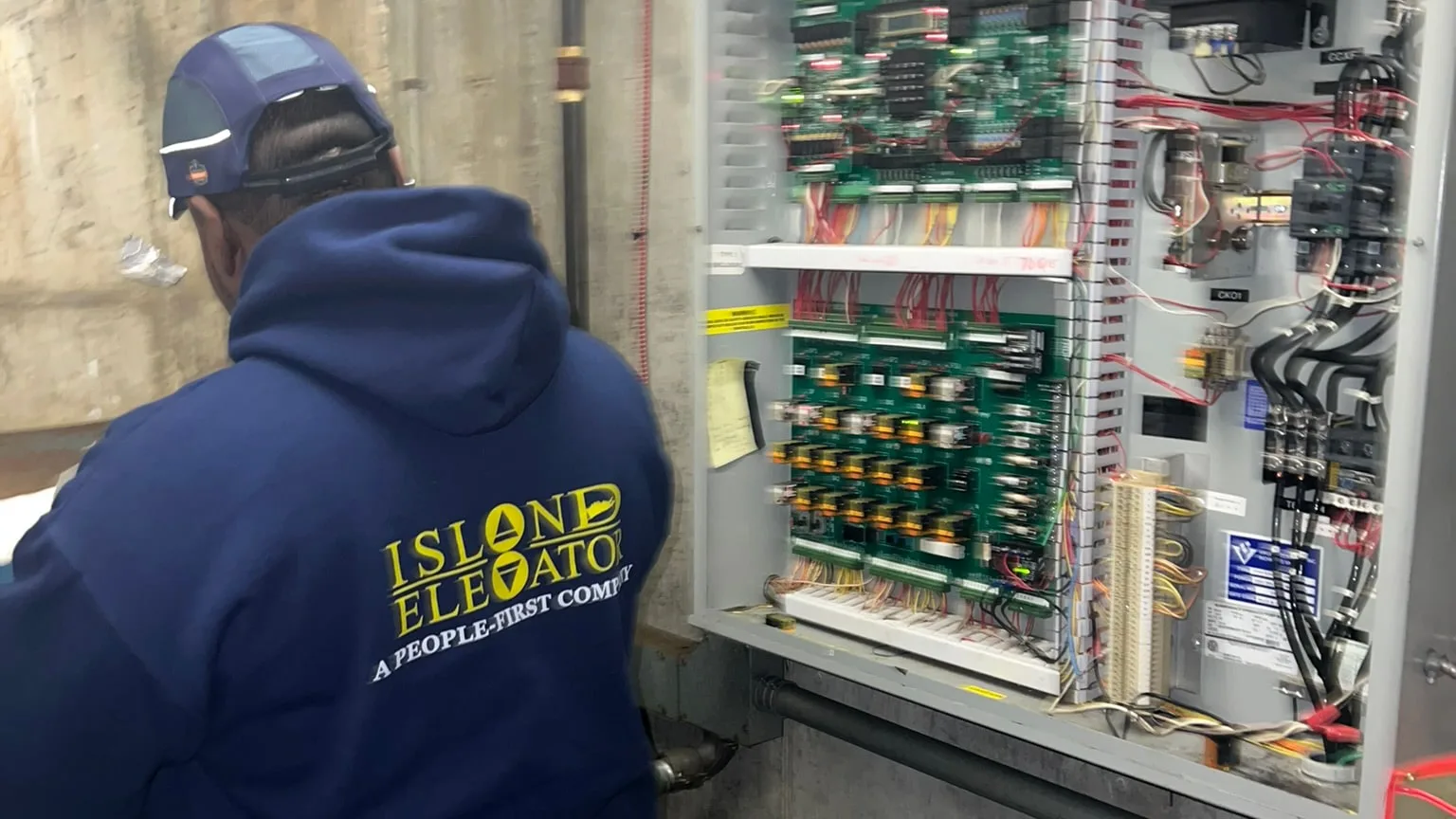
Why Businesses Should Choose Island Elevator for Your Elevator Repair Needs
When it comes to elevator repair, businesses need a reliable and experienced ...
read article

Installing a new elevator is a major investment – one that can significantly improve accessibility, tenant satisfaction, and the long-term value of your property. Whether you’re planning a new construction project or retrofitting an existing building, understanding the elevator installation process can help ensure a smooth and successful experience.
At Island Elevator, we specialize in professional commercial elevator installation for properties on Long Island. Here’s what building owners and managers should know before getting started.
The first step is determining the right elevator type for your building. During a site evaluation, your elevator company will consider:
If your building is a low-rise, a hydraulic elevator may be the best option. For taller buildings or higher traffic areas, traction elevators may offer better performance.
Once the evaluation is complete, your elevator provider will prepare a custom design. This includes:
This phase is critical for long-term reliability and functionality, especially in commercial settings with heavy daily use.
Before construction begins, all plans must be submitted for permitting. Your elevator company should handle coordination with local building departments and ensure full compliance with New York State safety codes. At Island Elevator, we’re familiar with all permitting and inspection requirements on Long Island.
During the installation process, expect the following:
The timeframe for a typical commercial elevator installation depends on the complexity of the project and any structural modifications required.
After installation, the system undergoes rigorous testing to confirm safety, performance, and compliance. Once approved, your new elevator receives official certification for occupancy and use. Routine elevator maintenance plans should be scheduled immediately to protect your investment from day one.
When you’re planning an elevator installation on Long Island, it’s essential to choose a company with local expertise. Island Elevator brings:
A successful commercial elevator installation starts with careful planning and the right team. From selecting the ideal elevator type to passing final inspections, Island Elevator provides full-service support at every stage.
If you’re exploring options for elevator installation on Long Island, contact Island Elevator at 631-491-3392 or by completing this contact form to schedule a consultation.

When it comes to elevator repair, businesses need a reliable and experienced ...
read article

When it comes to elevator repair on Long Island, Island Elevator stands out as the leading ...
read article

Winter is just around the corner, and while many of us are preparing our homes and businesses ...
read article
get a free estimate